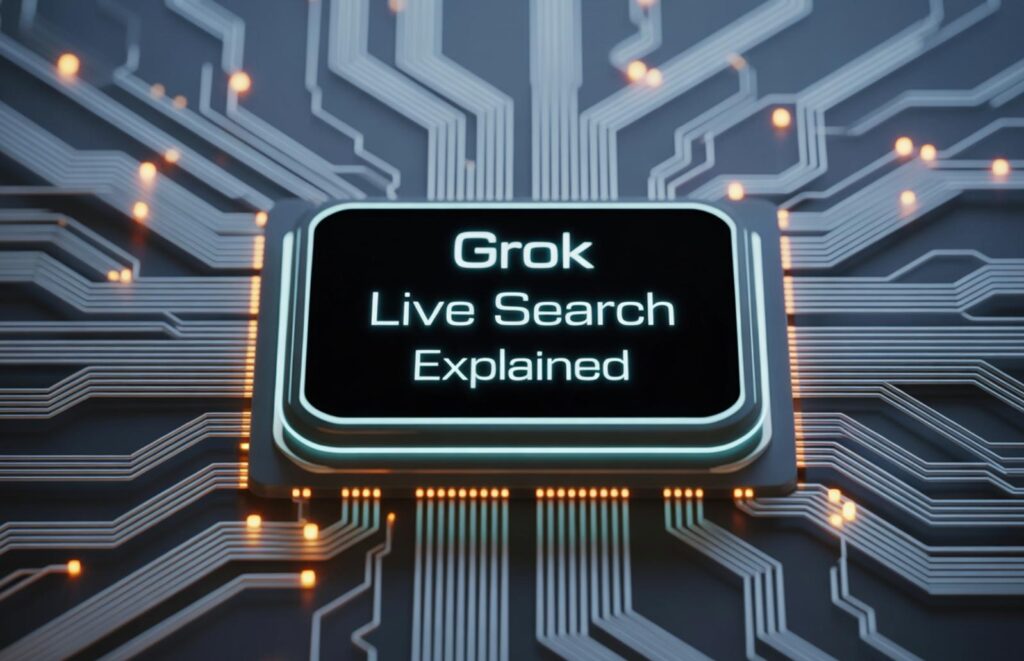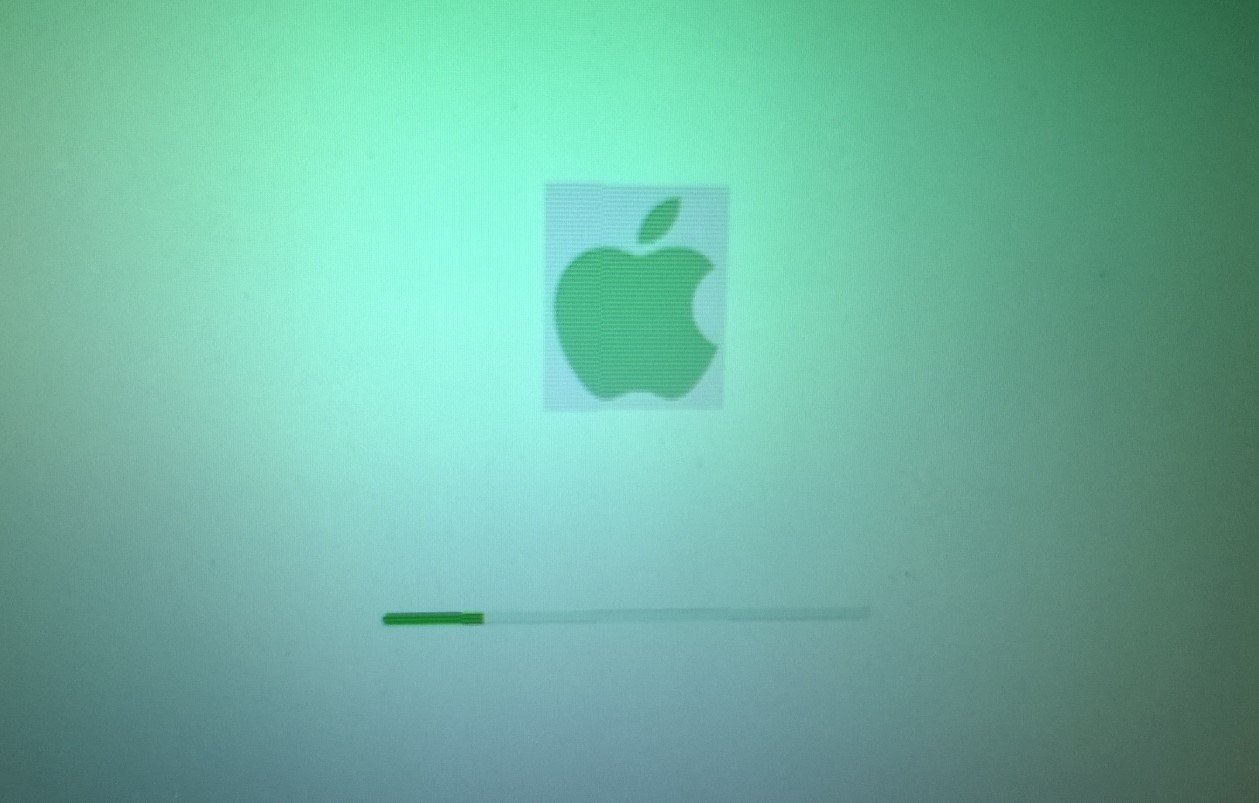Technology
How Grok Tackles Multi-Source Web Searches?
Ever wondered how an AI like Grok pulls info from all over the web without missing a beat? Grok uses a smart, integrated search tool to query multiple sources at once, blending real-time data from sites like news outlets, X posts, and YouTube for accurate, up-to-date answers. It’s all about making things quick and reliable for everyday questions.
This approach helps you get the full picture, whether you’re checking facts or exploring a topic. Let’s break it down so you can see how it really works in practice.
What Sets Grok’s Search Apart from the Rest
I’ve been chatting with folks about AI tools a lot lately, and one thing that always comes up is how Grok stands out in handling searches across different places. It’s not just throwing queries at a single engine; it’s built to mix things up intelligently. Think of it as having a helpful friend who checks a few spots before giving you the scoop, ensuring nothing important slips through.
At its core, Grok draws from xAI’s focus on advancing discovery, as they mention on their site. This means searches aren’t random—they’re targeted to grab relevant bits from varied spots like articles, social feeds, and videos. A quote from xAI’s API page puts it well: “Access our latest models and tooling with the xAI API to supercharge your applications” (x.ai/api, July 2025). That tooling includes the ability to sift through multiple inputs seamlessly.
Plus, it’s designed with users in mind, pulling in real-time stuff without overwhelming you. That’s why people find it handy for quick lookups or deeper dives.
Breaking Down the Multi-Source Search Process
Grok kicks things off by understanding what you’re asking, then crafts a query that hits several areas at once. For example, if you’re curious about recent AI news, it might scan tech sites, social media, and even video channels in one go. This isn’t about endless browsing; it’s efficient, often wrapping up in seconds.
From what I’ve seen in action, the process relies on something called federated searching, where results from different places get combined smartly. A Medium article from July 2025 explains it nicely: “Grok 4 is the most intelligent model in the world. It includes native tool use and real-time search integration” (Medium, Agus Abdul Rahman, July 2025). That integration is key to pulling diverse data without hassle.

Once the info comes in, Grok sorts through it, picking the most reliable pieces. It cross-checks to avoid errors, which is super useful for topics that change fast.
Here’s a simple table to show the basic steps:
| Step | Description | Example Source Types |
|---|---|---|
| 1. Query Setup | Analyzes your question and builds a broad search. | Keywords from user input. |
| 2. Data Fetch | Pulls from multiple spots in parallel. | News sites, X, YouTube. |
| 3. Synthesis | Merges and verifies the results. | Cross-references for accuracy. |
| 4. Response | Delivers a clear summary with citations. | Balanced view of findings. |
This setup keeps everything straightforward and trustworthy.
Real Examples of Grok Searching Multiple Sources
Picture this: someone asks about the latest xAI updates. Grok doesn’t just hit one site; it checks xAI’s blog, recent X posts, and maybe a YouTube video for the full story. I remember a time when I tested it on a similar query, and it pulled a mix that felt spot-on, like grabbing Elon Musk’s tweets alongside official announcements.
In one case, an X post from xAI in December 2024 highlighted: “Grok now combines real-time insights from X with web search for timely, accurate answers” (X post by xAI, December 2024). Pair that with a YouTube channel’s breakdown, and you get a rounded view. It’s like piecing together a puzzle from different boxes.
Another example? Searching for tech news might blend Ars Technica articles with Medium pieces and Reddit threads. It’s practical and saves you time jumping around yourself.
Stories like these show how it adapts to what you need, making complex topics easier to grasp.
Key Benefits and a Few Drawbacks to Keep in Mind
One big plus is the speed—Grok can handle multiple sources without slowing down, which is great for busy days. Stats from a DataGuru blog in July 2025 note that Grok 4 offers “multimodal capabilities, meme understanding, advanced coding tools” (DataGuru, July 2025), tying into its search strength. That means you get not just text, but visuals or code snippets if they fit.
It also promotes better accuracy by cross-checking, reducing the chance of bad info. Users often say it feels more reliable than single-source tools.
On the flip side, it’s limited to public data, so no peeking behind paywalls. And for very niche topics, results might vary.
Still, the pros outweigh the cons for most people. Here’s a quick list of benefits:
- Faster answers from diverse inputs.
- Built-in verification to spot inconsistencies.
- Easy citations for digging deeper yourself.
- Ties into xAI’s broader tools for extra features.
Overall, it’s a solid choice if you value balance.
How Grok Stacks Up Against Other AI Search Options
When you compare Grok to something like ChatGPT or Google Bard, the multi-source angle really shines. Grok’s setup, with its real-time pull from X and web mixes, gives it an edge in current events. A TechCrunch piece from July 2025 points out: “xAI workers balked over training request to help ‘give Grok a face,’ docs show” (Ars Technica, July 2025), but that hasn’t slowed its search game.
In my experience, others might rely more on one engine, while Grok spreads it out. That can lead to fresher insights.
For costs, it’s competitive too. Check this table for a quick comparison:
| AI Tool | Multi-Source Capability | Pricing for Search (Approx.) | Key Strength |
|---|---|---|---|
| Grok | Strong, with X integration | $0.025 per source (API) | Real-time social blend |
| ChatGPT | Moderate, plugin-based | $20/month for Plus | Creative responses |
| Google Bard | Good, web-focused | Free with limits | Vast index access |
This highlights why Grok fits certain needs better, especially for dynamic topics.
It’s not perfect for every scenario, but it holds its own nicely.
Frequently Asked Questions
- How does Grok handle searching multiple sources for real-time information?
Grok uses its built-in tool to query various places like news sites and social media at once, then combines the results into a clear answer. - What are the main capabilities of Grok’s web search across different sources?
It pulls data from spots like X posts, YouTube videos, and articles, focusing on accuracy and speed for up-to-date details. - Can Grok search multiple sources without costing extra in the free version?
Yes, basic web searches are included in the free tier, though heavy use might hit limits or require a premium plan. - How accurate is Grok when pulling from several web sources at once?
It cross-checks info from reliable places to boost accuracy, but always verify key facts yourself for important stuff. - What limits does Grok have on multi-source searches for topics like news or videos?
It’s restricted to public data, so no private accounts or paywalled content, and results depend on what’s available online. - Does Grok prioritize user context over multi-source web search results?
Absolutely, it starts with what you provide and uses searches to add or verify, keeping your input front and center. - How can I use Grok to search multiple sources for a specific query?
Just ask clearly, like “Search news, X, and YouTube for xAI updates,” and it’ll fetch and summarize from those areas. - What’s the cost if Grok searches multiple sources via the API?
It’s about $0.025 per source used, with free credits available, making it affordable for most queries.
Wrapping up, Grok’s multi-source search is a handy way to get solid info quickly. If you found this helpful, share it with a friend and drop your thoughts in the comments—I’d love to hear what you think!














